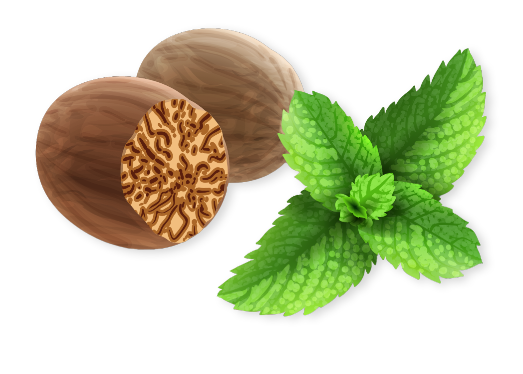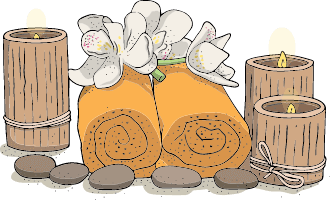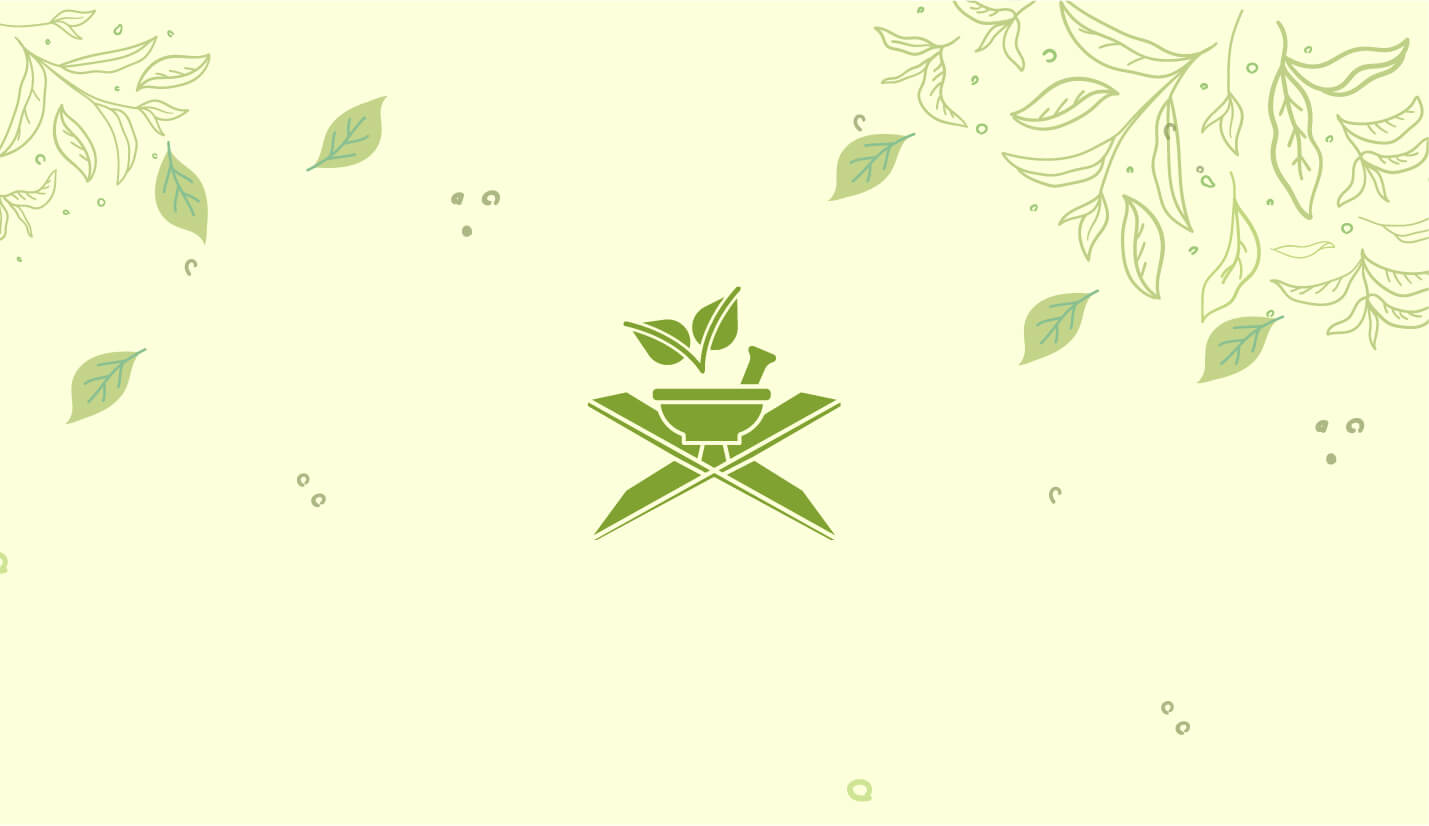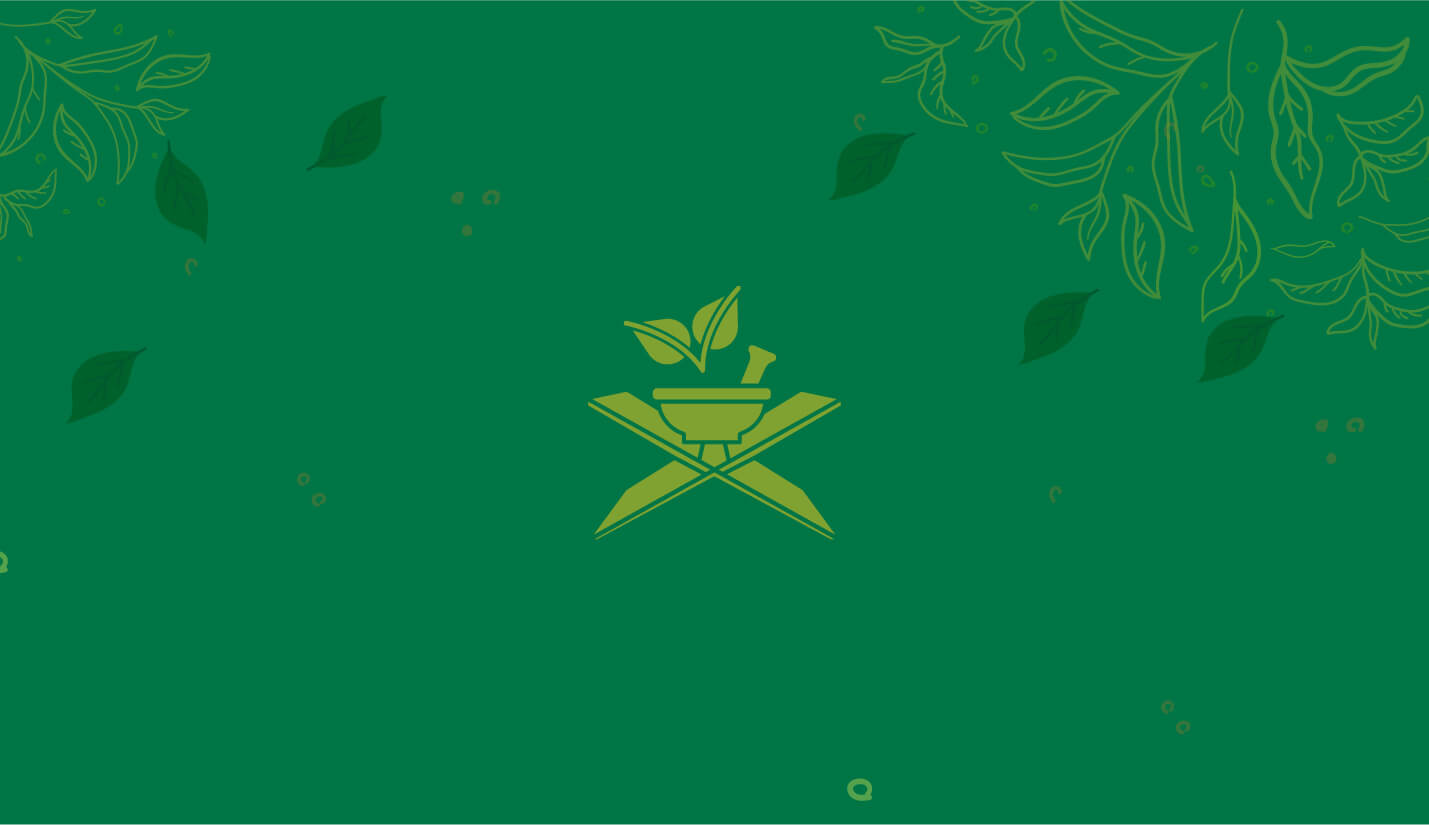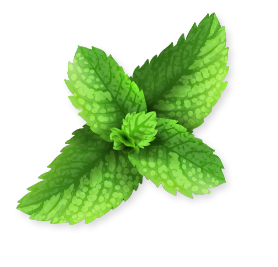Cerebral Palsy Treatment – Why Panchakarma Therapy Should Be Considered
Tuesday, June 27, 2023Panchakarma therapy can potentially help children with cerebral palsy in multiple ways. Panchakarma, an Ayurvedic cleansing technique, aims to remove toxins and improve the body’s natural balance.
The five steps of panchakarma – vamana (therapeutic vomiting), vasti (medicated enema), nasya (nasal administration of medicines), rakta moksha (bloodletting) and basti (medicated enema) – can help relax contracted muscles, improve blood circulation and stimulate nerve regeneration in children with cerebral palsy.
Vasti, the primary procedure of panchakarma, involves administering herbal oils and medicated buttermilk through the rectum. This can help flush out toxins from the nervous system, calm the brain and reduce muscle spasms. Basti is particularly beneficial for children with spastic cerebral palsy who suffer from stiffness and tightness of muscles.
Nasya involves application of medicated oils or herbal drops through the nose. This can help stimulate the vagus nerve, which connects the brain and gut. Improving the functioning of this nerve may alleviate symptoms like tremors and involuntary movements in cerebral palsy.
Many parents and practitioners claim that it has helped improve motor skills, balance and speech in children when used along with other therapies. However, panchakarma should always be performed under the supervision of an experienced Ayurvedic physician to ensure it is tailored to the child’s needs and administered properly.
In summary, by removing toxins and balancing the doshas, panchakarma therapy has the potential to complement other treatments for cerebral palsy.
You can write to us.
BOOK APPOINTMENT
